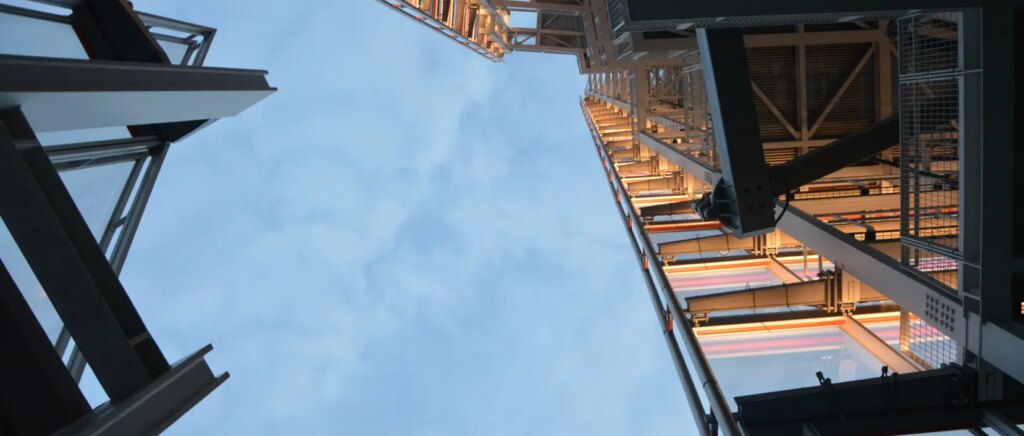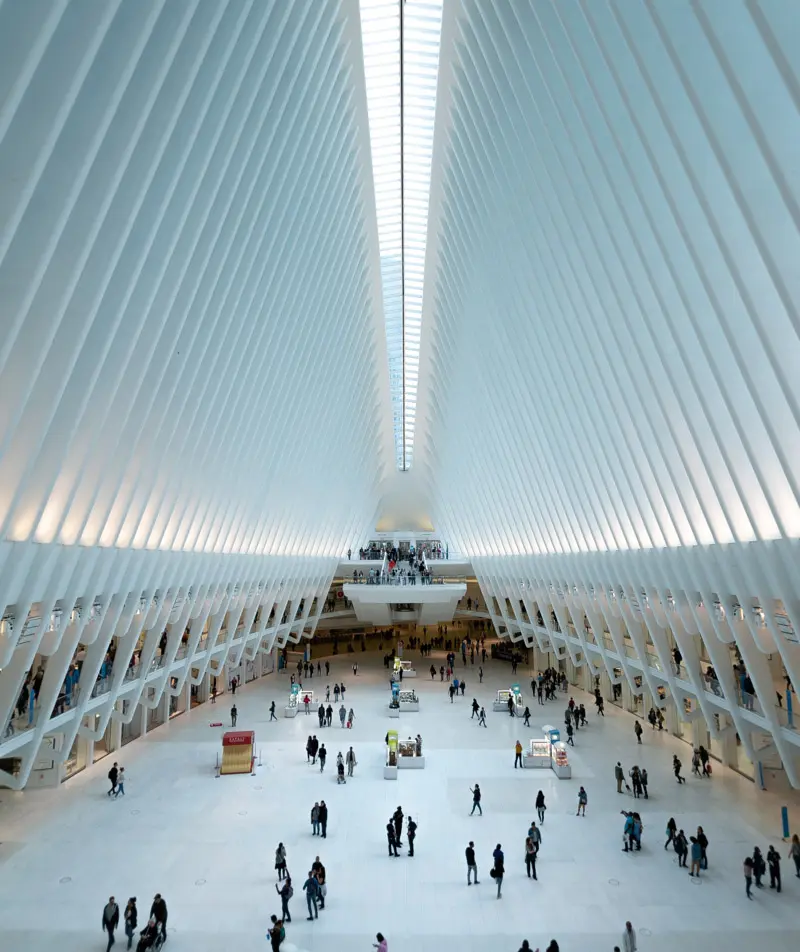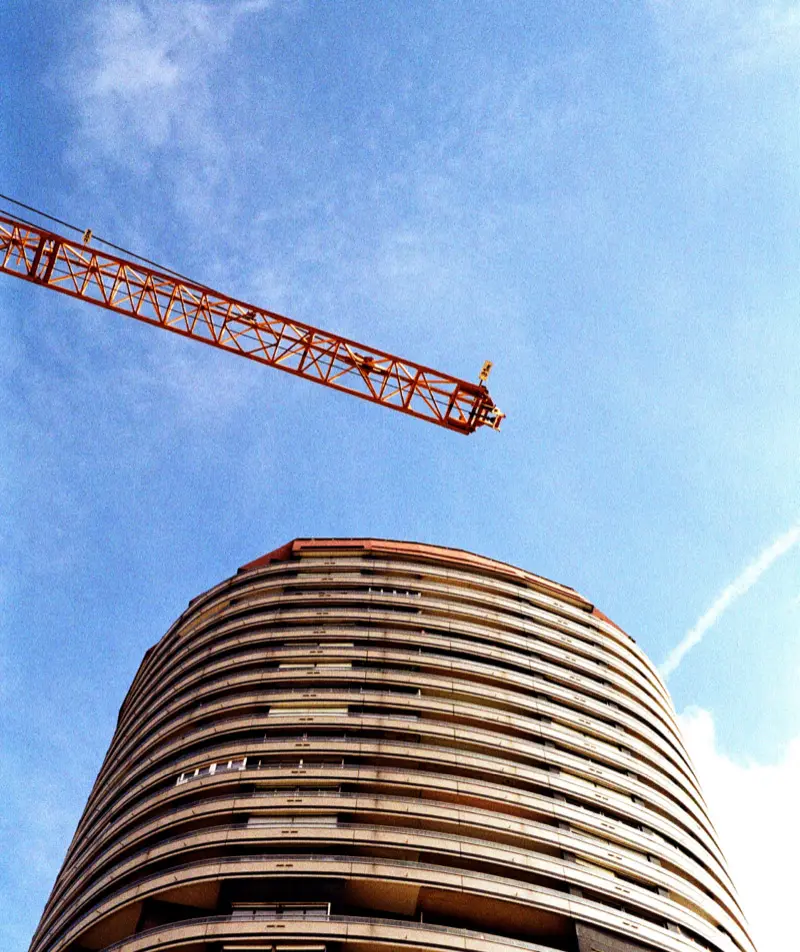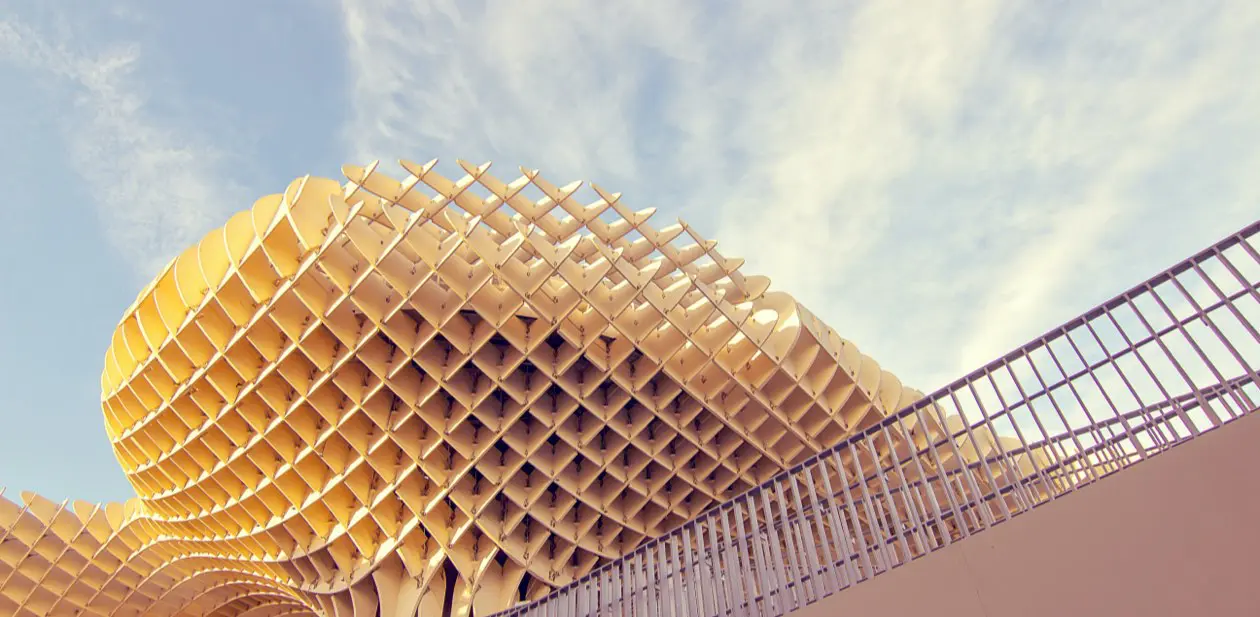The architectural landscape is evolving rapidly, and one of the most groundbreaking advancements is the integration of artificial intelligence (AI) in design processes. From conceptualization to execution, AI is revolutionizing how architects approach their craft, pushing the boundaries of creativity, efficiency, and sustainability.
The Role of AI in Architectural Design
AI aids in generating design options, optimizing building performance, and streamlining project management. By analyzing vast amounts of data, AI can suggest innovative solutions that might not be immediately apparent to human designers. These capabilities are transforming every stage of architectural design:
- Conceptual Design: AI tools can quickly generate multiple design iterations based on specific parameters set by architects, such as spatial requirements, site conditions, and aesthetic preferences.
- Performance Optimization: AI can simulate various environmental conditions, such as sunlight exposure and wind patterns, to optimize building performance and energy efficiency.
- Project Management: AI-powered project management software can predict potential delays, manage resources more effectively, and ensure that projects stay on schedule and within budget.

Benefits of AI in Architecture
The benefits of incorporating AI into architecture are manifold, impacting efficiency, precision, and sustainability:
- Efficiency: AI accelerates the design process, allowing architects to explore more design options in less time. Automated drafting tools and AI-driven design software streamline repetitive tasks, freeing architects to focus on innovation.
- Precision: AI-driven tools enhance accuracy in measurements and material use, reducing waste and costs. Precise calculations and simulations ensure that every aspect of the design is optimized, from structural integrity to energy consumption.
- Sustainability: AI helps in designing eco-friendly buildings by analyzing environmental impact and optimizing resource use. It can recommend sustainable materials, optimize energy systems, and reduce carbon footprints, contributing to greener urban environments.
Case Studies
Real-world examples highlight the profound and far-reaching impact of AI on architectural design.
- The Edge, Amsterdam: Known as the greenest building in the world, The Edge uses AI to optimize energy consumption. Sensors collect data on temperature, light levels, and occupancy, which AI algorithms analyze to adjust heating, cooling, and lighting in real time.
- Al Bahar Towers, Abu Dhabi: These towers feature a dynamic façade designed with AI that adjusts to the sun’s position, reducing heat gain and glare while maximizing natural light. This innovative design significantly cuts down on energy consumption.
- Spacemaker AI: This tool helps architects optimize urban design projects by analyzing vast amounts of data, such as site topography, environmental factors, and zoning regulations, to generate the most efficient and sustainable design options.


The integration of AI in architecture is not just a trend; it’s the future. As AI continues to evolve, it will open up new horizons for architects, enabling them to create more efficient, sustainable, and innovative designs. The potential for AI to transform the built environment is immense, promising a future where buildings are not only more beautiful and functional but also more responsive to the needs of their occupants and the planet.
Architects who embrace AI will find themselves at the forefront of a new era in design, where technology and creativity converge to redefine what is possible. The fusion of AI and architecture heralds a future where every building is a testament to human ingenuity and technological prowess, setting new standards for efficiency, precision, and sustainability in the built environment.




